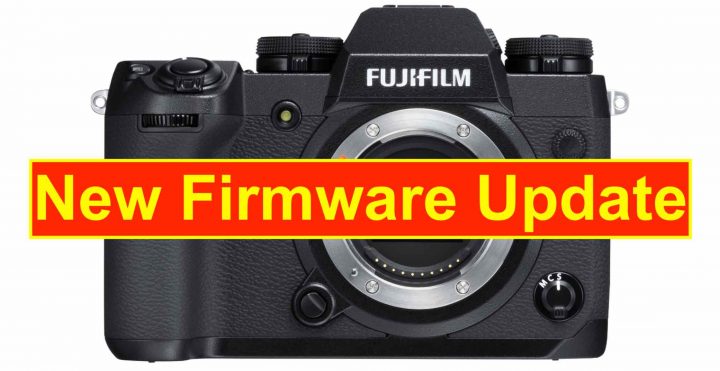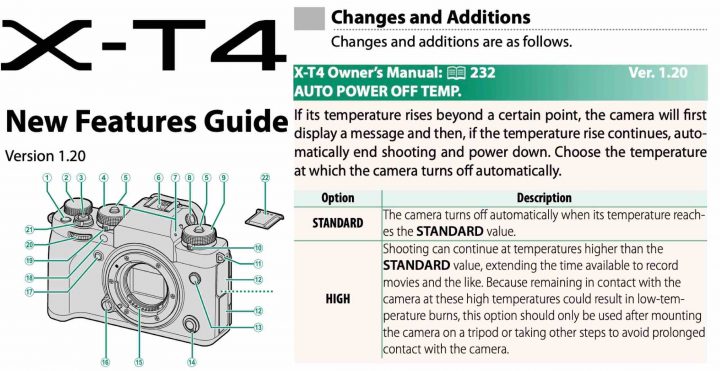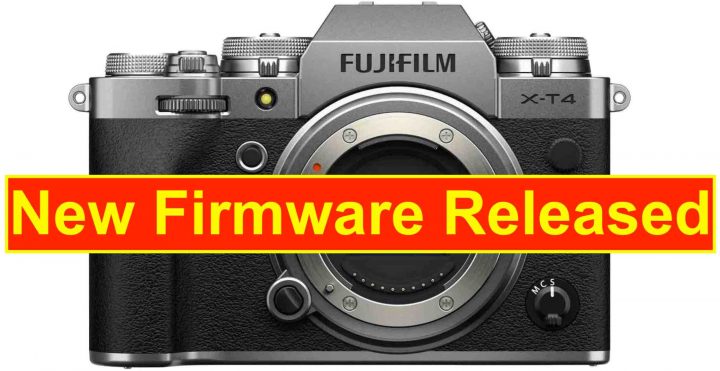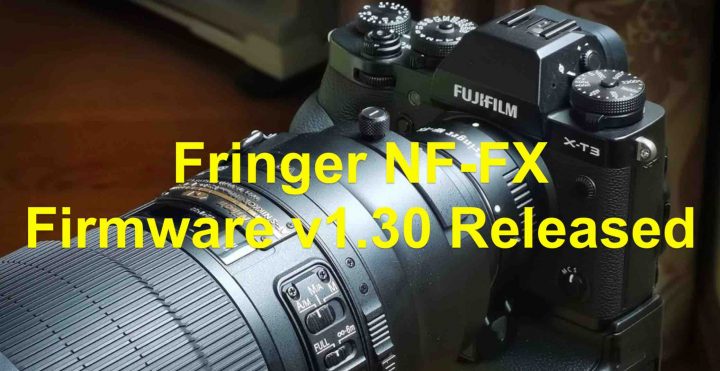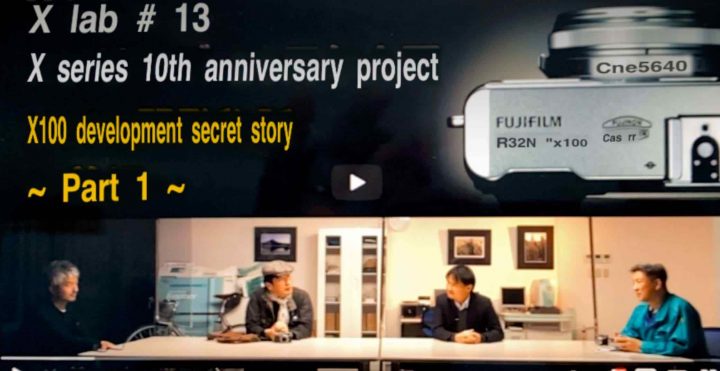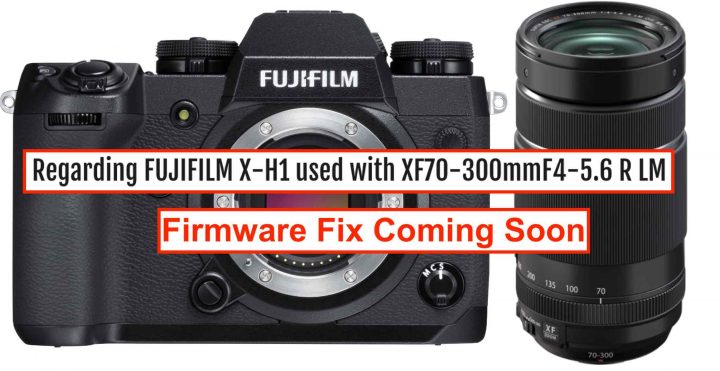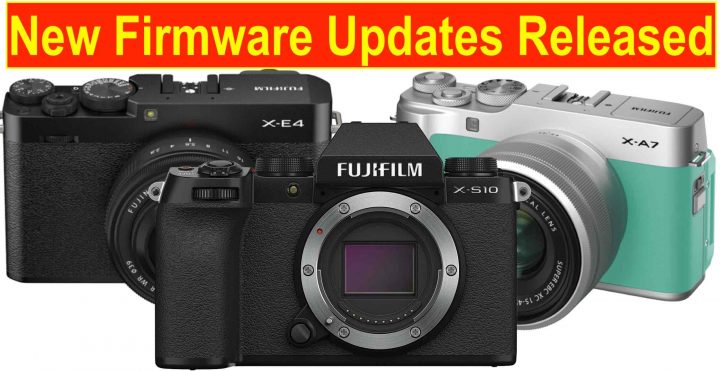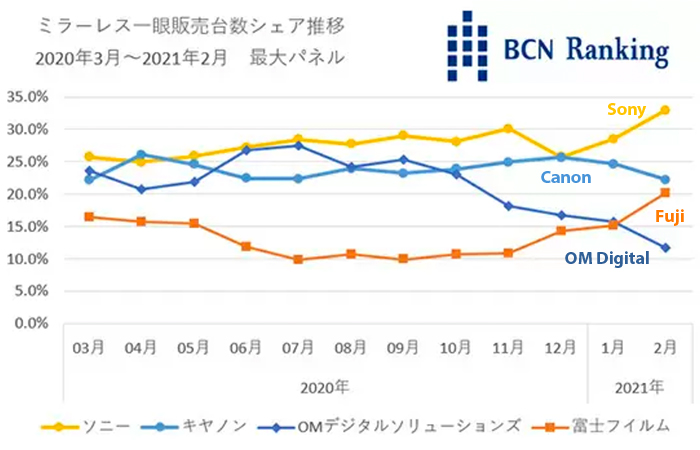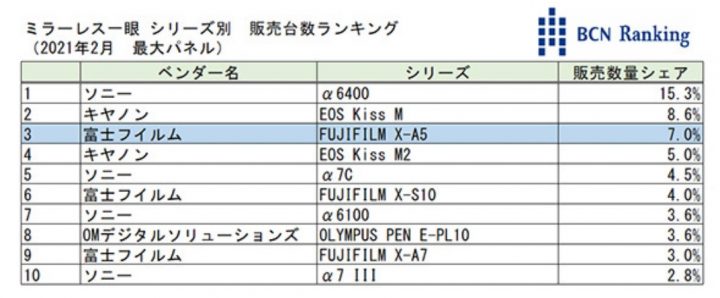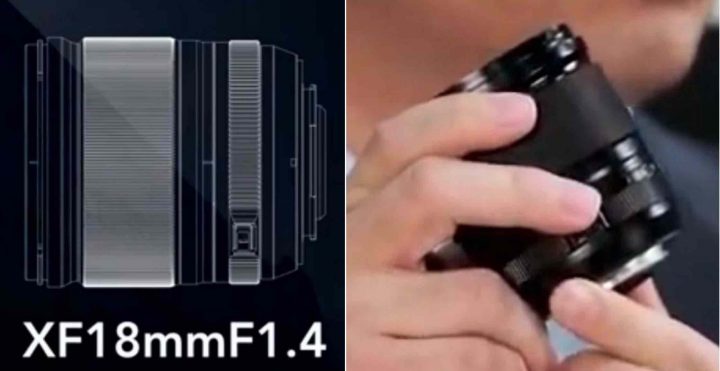
March was a month full of exclusive and breaking rumors:
You guys tell me if you’d like to have a break from the rumors, otherwise I’ll just continue, ok?
No complaints? Ok, so let’s go ahead. :)
Today we talk about the upcoming Fujinon XF18mmF1.4 R WR, the only not yet released lens so far that we can find on the official Fujifilm roadmap (** list of non yet announced X mount lenses below).
Well, we have seen hands on images of the Fujinon XF18mmF1.4 R WR at the X summit of October 2020 here. FujiRumors has also taken the official XF18mmF1.4 sketches shared by Fujifilm and made a size comparison Fujinon XF16mm f/1.4 and the XF23mm f/1.4, which you can see here.
From that size comparison, we saw that the size of the XF18mmF1.4 R WR is somewhere in between the one of the Fujinon XF16mm f/1.4 and the XF23mm f/1.4.
The additional information we got about the XF18mmF1.4 R WR is that it will have a 62mm filter size. As a reference, the XF16mmF1.4 R WR has a 67mm filter size, whereas the XF23mmF1.4 R has also a 62mm filter size.
The Fastest Growing Fujifilm Group
** FujiRumors has leaked two more lenses that will come, but are not yet included in the roadmap, the Fujinon XF150-600mm and the Fujinon XF33mmF1.4 R WR.
Follow FujiRumors on Patreon, Facebook, Instagram, RSS-feed, Youtube, Flipboard and Twitter
Join Our Owners Groups
Join Our Facebook Pages


